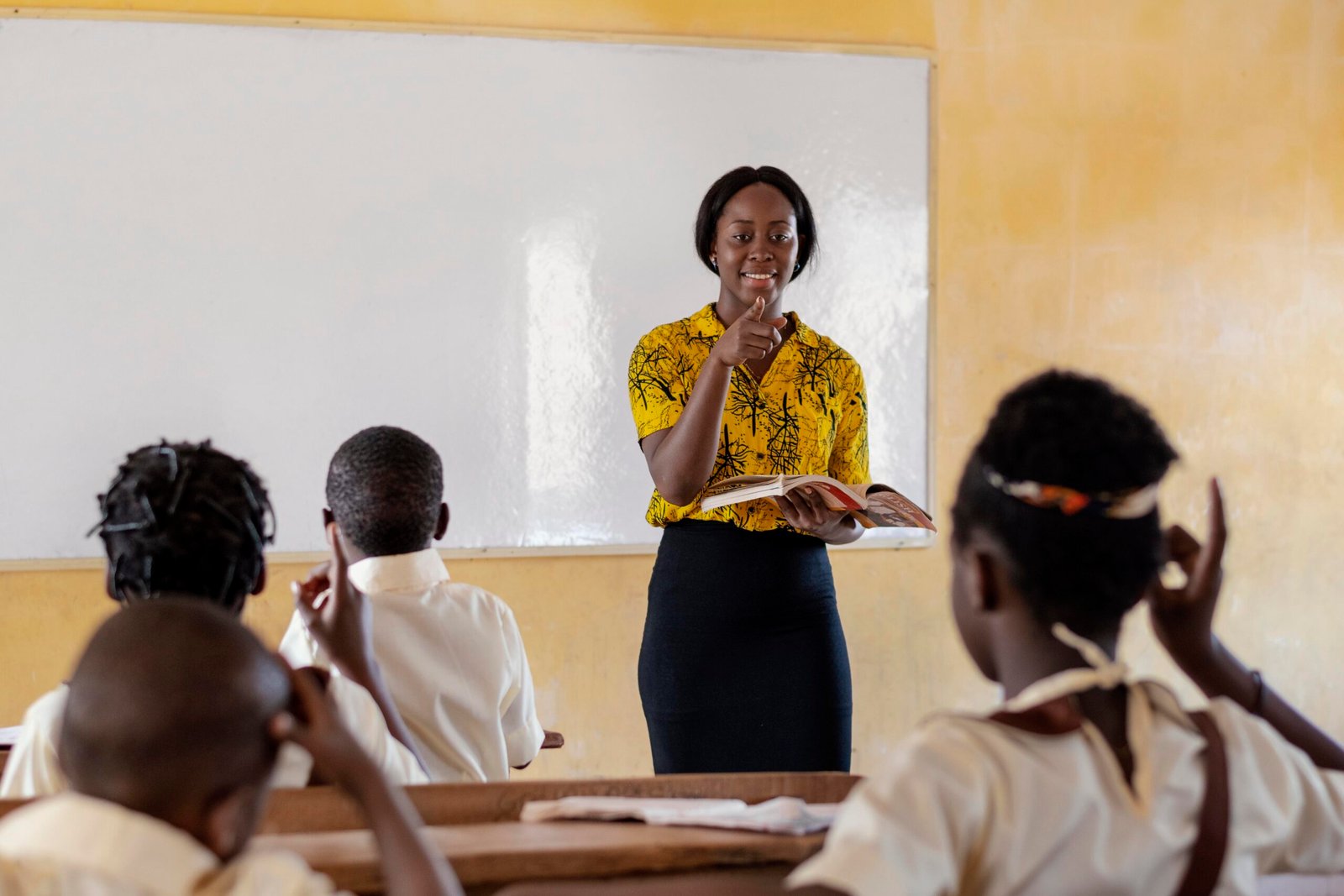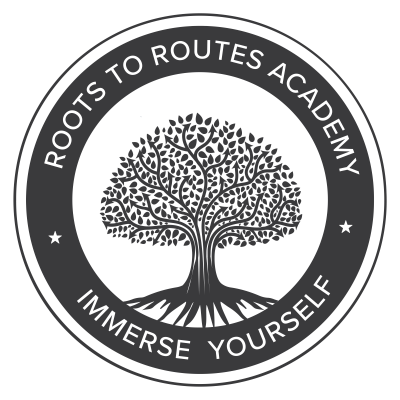How Small Class Sizes Actually Improve Student Engagement and Growth
April 17, 2025

Let’s talk about classrooms. Not the ones you see in movies with students crammed into rows of desks, but the kind where every kid feels seen.
You know, the kind where your teacher actually knows your name, your strengths, and what makes you tick. For decades, schools have debated whether class size affects learning, but for students, especially those who’ve felt overlooked in crowded rooms, the answer is obvious. Smaller classes aren’t just quieter; they’re spaces where student engagement thrives, questions are welcomed, and learning becomes something you do, not something that happens to you.
So why does this matter? Walk with us now.
The Magic Behind Small Classes
Research has shown for years that smaller class sizes make a difference. But it’s not just about having fewer students in a room; it’s about what becomes possible when teachers aren’t stretched thin, and their students aren’t ignored.
Think about it: In a class of 15, a teacher has time to notice that Jamal grasps algebra quickly but needs help with word problems, or that Aisha thrives when she can draw diagrams instead of writing essays. They can adjust lessons on the fly, offer one-on-one help, and actually teach instead of just managing chaos.
One famous study from Tennessee tracked students in smaller classes (15–17 students) versus larger ones (22–25). By the end of elementary school, kids in smaller classes were months ahead in math and reading. But here’s the kicker: The benefits were strongest for Black students and those from lower-income families. Why? Because systemic barriers, like underfunded schools or biased expectations, often leave these students with less support than they actually need.
Smaller class sizes level the playing field by giving everyone the attention they need to succeed.
The Overcrowded Classroom Trap (And Why It Fails Marginalized Students)
Now, picture a typical high school class in Ontario. There are 30 students, one teacher, and 50 minutes to cover quadratic equations, Shakespeare, or the causes of World War I. The teacher’s priority isn’t connection; it’s survival. They’re rushing to finish the lesson, quieting disruptions, and hoping no one falls too far behind.
In this scramble, quieter students, often girls, shy kids, or those already doubting their abilities, get overlooked. Questions go unasked. Confusion festers. And for Black students, who are more likely to face stereotypes or harsher discipline, the stakes are even higher.
Take another anonymous Grade 11 student in Toronto. In his old math class of 42, he was labeled “distracted” because he struggled to focus in a noisy room. His teacher didn’t have time to notice he’d mastered geometry but needed extra help with fractions. At parent-teacher night, the advice was blunt: “He needs to try harder.” But “he” was trying; he just needed someone to explain things differently.
This isn’t a rare story. Overcrowded classrooms amplify every crack in the system. Students who need flexibility, like those balancing part-time jobs or family responsibilities, get labeled “unmotivated.” Cultural nuances get ignored. A lesson on “leadership” might only highlight white historical figures, leaving Black students wondering where they fit into the story. Over time, these small slights add up. Disengagement grows. Grades slip. And the cycle continues.
How Small Classes Unlock Better Learning
So what changes when classes shrink? Everything!
With fewer students, teachers can ditch the lecture-and-test grind and focus on how kids learn. For example:
- Questions Become Conversations: In a smaller group, a student’s “stupid question” about photosynthesis might spark a 20-minute discussion about climate change’s impact on local parks. That’s not a detour, it’s learning that sticks.
- Mistakes Turn into Lessons: A teacher with time to spare can sit with a student who bombed a geometry quiz, figure out where they got lost, and reteach the concepts without shame.
- Confidence Takes Root: In smaller classes, students who might hesitate to speak up in crowded rooms find their voice. That shy hand raised during a history discussion might belong to a future astronaut, and in our classes, that hand gets noticed and that voice gets heard.
Roots to Routes Academy: A Case Study in Intentional Learning
If you’ve read till this point, you will understand why small classes matter.
Let’s look at how one academy puts this into practice. Roots to Routes Academy, founded by educators Korina and Ramya in Ontario, caps classes at 25 students. Their philosophy? “You can’t empower students if you don’t know them.”
Take our approach to math, a subject where Black students are often tracked into lower-level courses. In a Roots to Routes Academy classroom, the teacher noticed that several students struggled with equations not because they lacked skill, but because they’d internalized the idea that “math isn’t for people like me.” So, the class pivoted. They spent a week studying Black mathematicians like Katherine Johnson, whose calculations helped NASA land astronauts on the moon. They explored how geometry ties into African art patterns. Slowly, the room shifted from “I can’t” to “What if I could?”
The Bigger Picture: Why This Matters
Smaller classes aren’t a magic fix for all of education’s problems, but they’re a good start.
They prove that when students get the support they need, not just academically, but emotionally and culturally, they thrive. For Black youth in a world that often underestimates them, this validation is everything.
Schools don’t need to overhaul everything overnight. Simple steps, like hiring more teachers to reduce ratios or training staff to recognize bias, can make a difference. Parents and students can advocate for these changes at school board meetings or through petitions.
And for families seeking alternatives now, academies like Roots to Routes offer a glimpse of what’s possible. Their success isn’t about fancy gadgets or elite pedigrees, it’s about recognizing that every student deserves a chance to be seen, challenged, and believed in.
Are you ready to improve your child’s academic growth? Enrol them for our summer class now!
![]()
Related Posts
We’re So Glad You Made It Here
We know you might still have a few questions or concerns and that’s completely okay. We’re here to listen, to support, and to make sure you have all the information you need.
If something’s on your mind, don’t hesitate to reach out. Just send us a quick message, we’re happy to help.
Once you do, a member of our team will get back to you shortly and you’ll also start receiving our free, value-packed newsletters filled with tips, resources, and insights to support your child’s learning journey.


